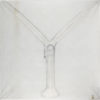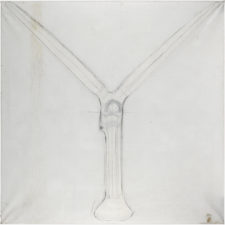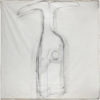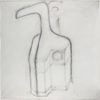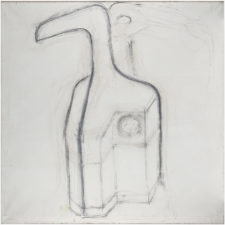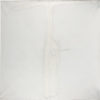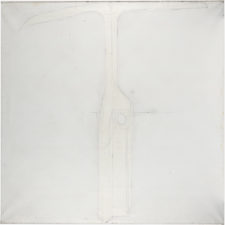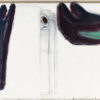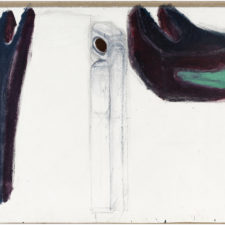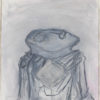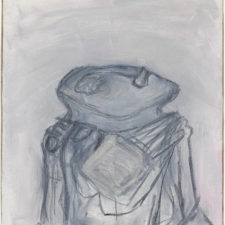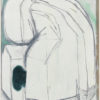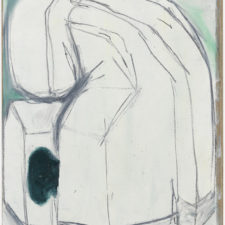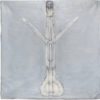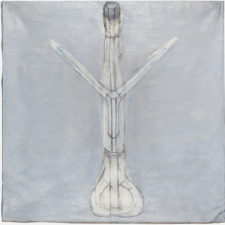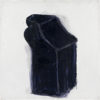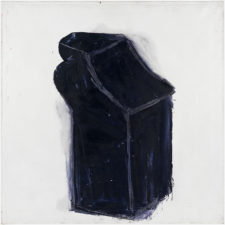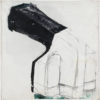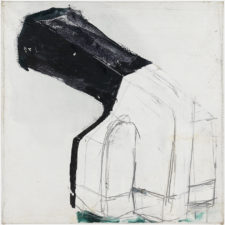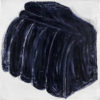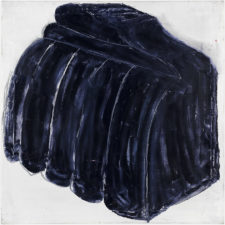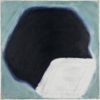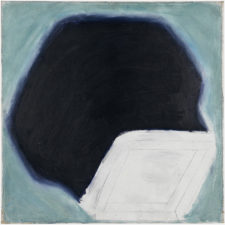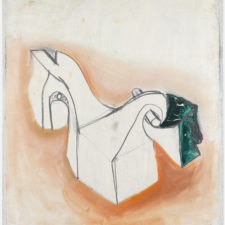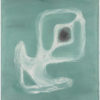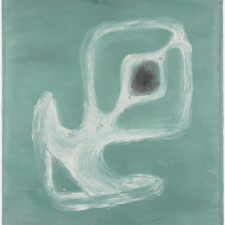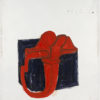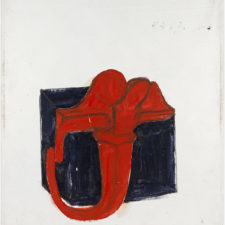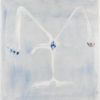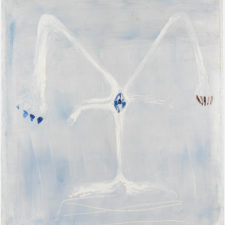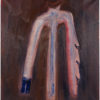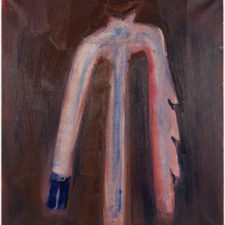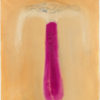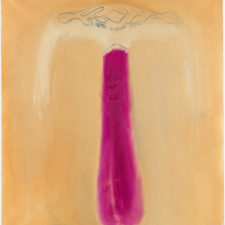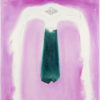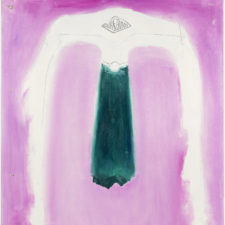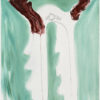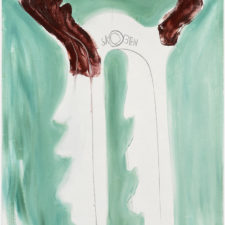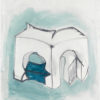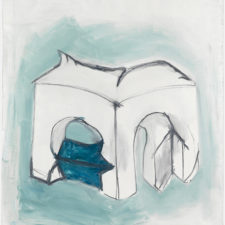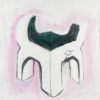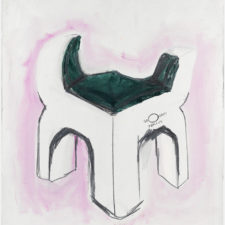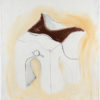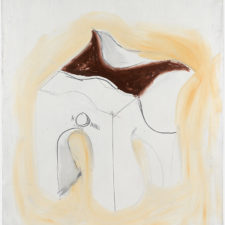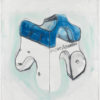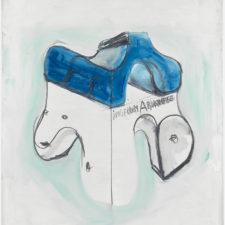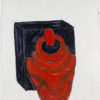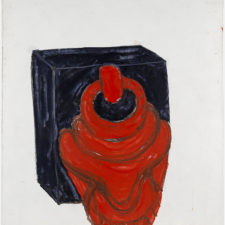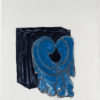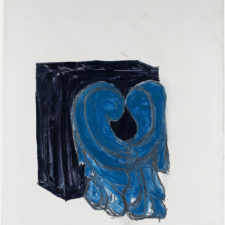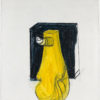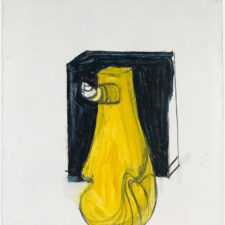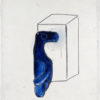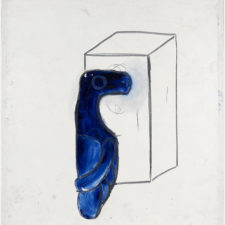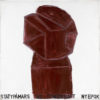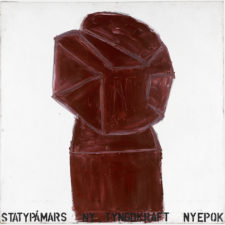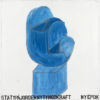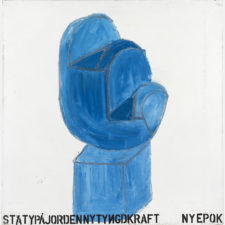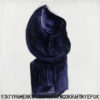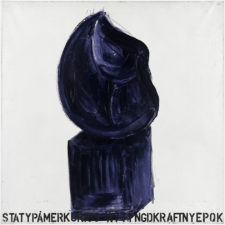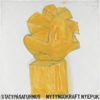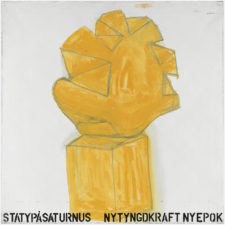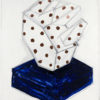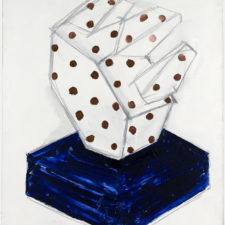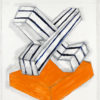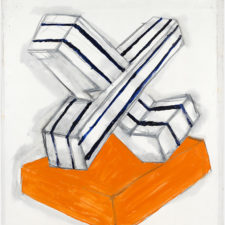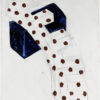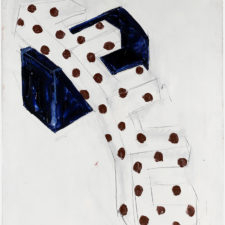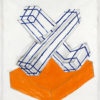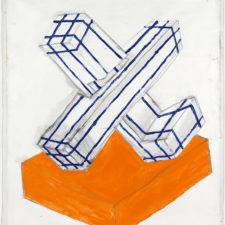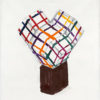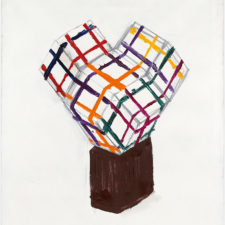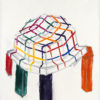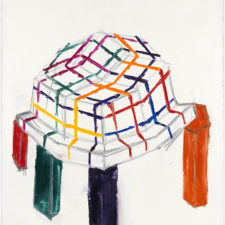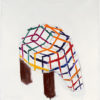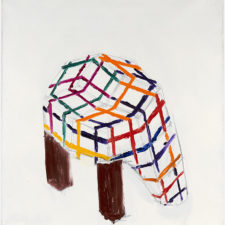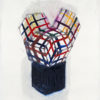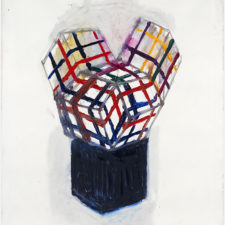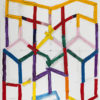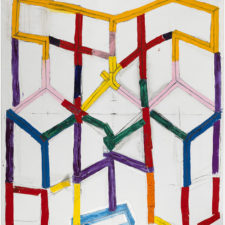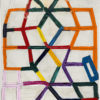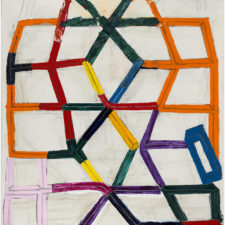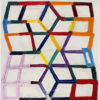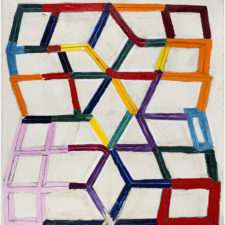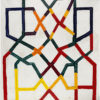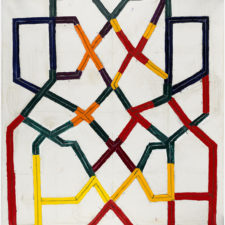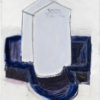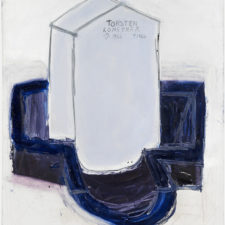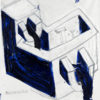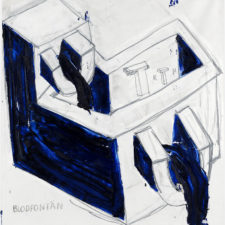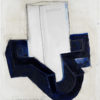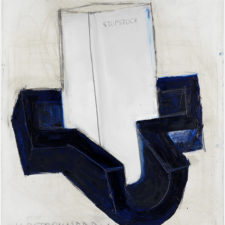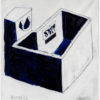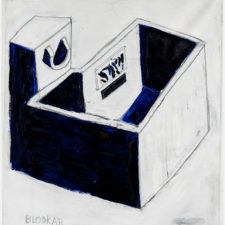CHARCOAL DRAWINGS 1967
These birdlike drawings were the first and only images I made when I came to Benarp in 1967. It took until 1970 before I began to paint. The drawings’ birdlike bodies may, even though I was not conscious of it, have something to do with the small nightingale that followed me everywhere during my first time in Benarp.
FOLK TALES 1970
Pernilla Outdoor Maid worked in the fields, carried stones until her fragile body was worn out; then she had to resort to begging. Out of shame, she hid behind stones and hummocks when she met someone. Ernst Ahlgren worked at the post office in Hörby. She became an author and wrote about local people. She observed them from behind her counter. The painter of Linderödsåsen grew up in the area. As a sixteen-year-old he rambled about in the fields, sat behind stone fences and drew the spring storms. The Battahus Blacksmith gave communion to a calf in order to help an old lady. He was executed. Pernilla Outdoor Maid, Ernst Ahlgren, the Battahus Blacksmith and the painter of Linderödsåsen are related by birth.
MY BLACK-AND-WHITE COWS 1970
In old peasant society it was common that he who bequeathed his farm to the next generation kept a number of cattle, whom he cared for diligently. My neighbour kept a black-and-white heifer and a red ox, which gazed among the herbs on the common pastureland for as long as they lived. When I left my workshop, I putt o one side a hand-full of black-and-white paintings made in the 1970s. These paintings were the first to be handed over to the foundation. I call the paintings my Black-and-White Cows.
THE BIRCH, THE SKVADER, THE FOREST AND THE LOCK, late1970s
The Birch and The Skvader, I painted because I liked to paint. But it wasn’t these kinds of paintings that I had recaptured in the mid-1960s. These paintings felt conventional. I began to draw mostly as a preparation for another kind of objectness. Then I made The Forest and Locking System of Iron. The encounter with the idiom of realism and the abstract motif contained the professional distinction that a recaptured easel painting should possess.
EARLY 1980s
During the 1970s I worked on the mother forms of the Frieze of Identity and these mother forms planted in the fields surrounding my workshop. In the first half of 1980s I focused my work on the incorporation of visual expressions born out of randomness and from the image material. These concepts I exhibited at Moderna Museet in the mid-1980s. After that I incorporated readings into this sketching material. The Reproduction Series and the door bells from the late 1980s originate in this work from the early 1980s.
THE REPRODUCTION SERIES
The Reproduction Series is about anticipation and mercy, the same obscure powers that give birth to art. The fish dreams about legs, about becoming a frog. The frog dreams about having a phallus, becoming a reptile. The reptile dreams about teats, abut becoming a mammal. The mammal dreams about becoming a Homo sapiens, a wise man. The Homo sapiens dreams about the Holy Spirit. The Virgin Mary denies her mammal coitus and her pregnant mammal belly. Palaeontology displays the same cruel negations as the creative work process.
VERNACULAR CULTURE, DOOR BELLS
My maternal grandfather’s paternal grandfather’s mother was called Cecilia Stede, and was born in 1775 at the Trumpeters house in Äspinge (close to my workshop in Benarp). Cecilia Stede was the daughter of Johan Christopher Stede, born in 1735 in Germany. He was a trumpeter. Johan Christopher Stede was the son of Hans Heinrich Stede, born in 1670 in Saxony, Germany. He was a trumpeter. Cecilia Stede’s brother, Peter Conrad Stede, born in 1766 in Äspinge, was a trumpeter. I am part of the Stede family. Out of soil and music I was born on 6 June 1926 in a little Stede at Linderödsåsen, where every tussock gives birth to the blues. In one of the trumpeter houses where the Stede family lived, I saw door bells shaped as Art Noveau sculptures. I connected my door bells from the 1980s to these door bells, as an homage to a piece of vernacular culture, to Art Noveau, to the blues, to the considerate mother of my childhood.
NEW GRAVITY
It is strange that we can leave the earth in vehicles as if gravity did not exist, I said to my eight-year-old son. It’s not so strange, he replied. The strange thing is that we can land on other planets without being smashed to death. Modernism’s gravity and objectness have been dissolved. The radical thing today is about conquering and dominating gravity. Caring for the object faced with old and new gravities. Radical modernism, which long sto escape gravity, is outdated today. Today the radical thing is to embrace gravity.
FABRIC SCULPTURES
Early on, my dream as a painter was centred on the idea of inventing a one-man tradition. A language, which, genetically, art politically and socially, is so encompassing of my person that it can be used as a life-long norm for my painting. I tried to transfer to the individual the use of tradition. The use of tradition we find in art history ever since Egyptian art. With the portraits of my fabric sculptures I believed that I had discovered a language to be my tradition.
SECOND GENERATION CLOTH SCULPTURES
My first cloth sculptures had the same form as my Masonite sculptures. When these straight-lined shapes were covered with cloth they looked like mattresses. I thought it was logical that a cloth sculpture looked like a mattress. For the next generation of cloth sculptures I accentuated the pattern and the polychrome colour. These cloth objects were placed on plinths similar to those of the Masonite sculptures.
STICK SCULPTURES
The stick sculptures are wood sculptures born out of the stick sculptures. The cloth’s patterns and lines have been divided into pieces and painted three-dimensionally. By drawing a line in the middle of the longitudinal direction of the piece, I provide the piece with objectness. The piece becomes a bar with a front, a back, a roof, floors and gables. The cloth sculptures thus become wood sculptures. With this 19th-century language I wish to illustrate 20th-century abstract forms. I have occasionally called these paintings 19th-century Concretism.
PERSONALITY AS PERSON
When I understood that my person, the fluids in my body, never would make its voice heard with the pictorial language I called ”personality as language”, I opened another avenue for my painting – ”Personality as person”. Memories of tragic years and events in my life determined the painting. 1966, the year of sorrow, determined the paintings Scaffold and Tombstone. Blood Fountain and Blood Tub is abut the price an artist had to pay.
